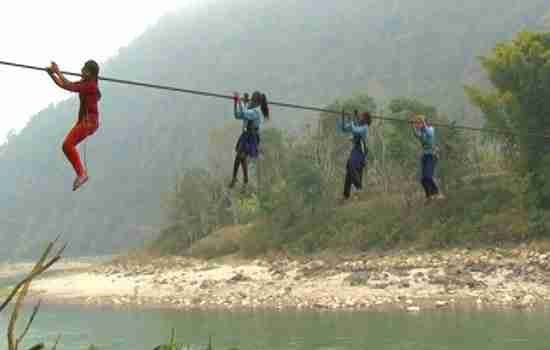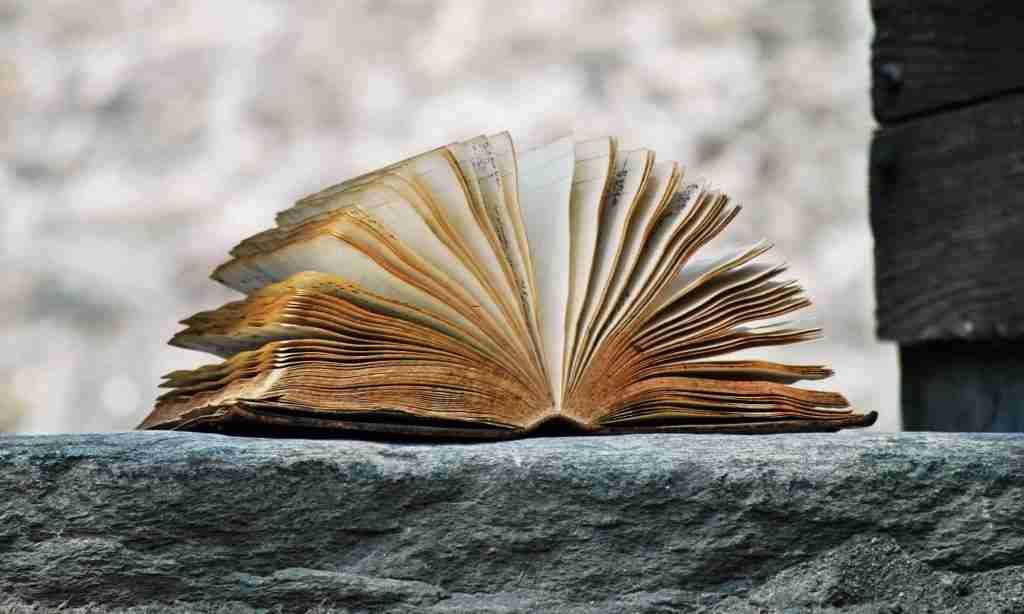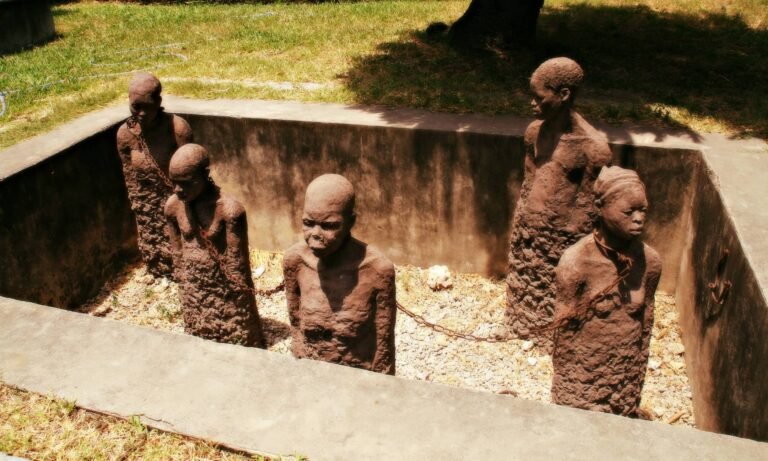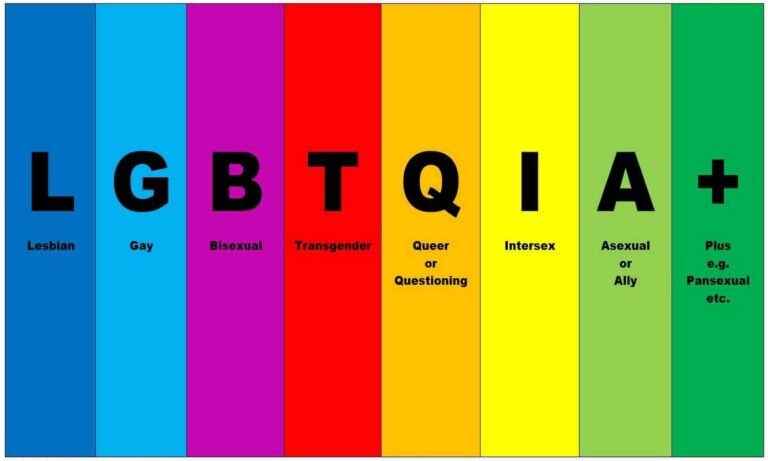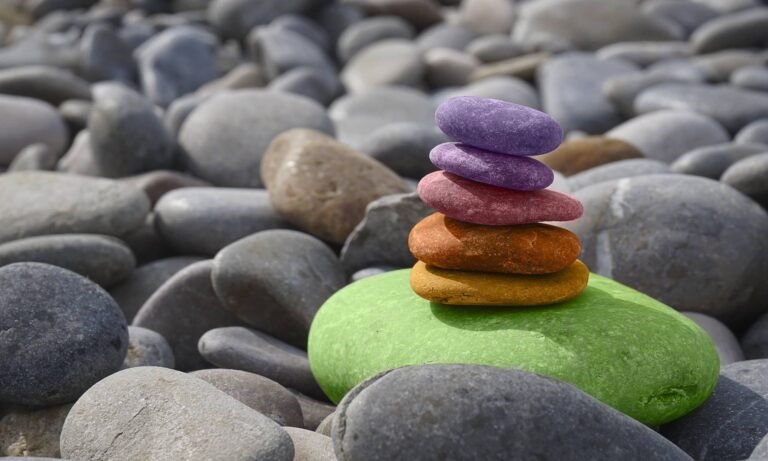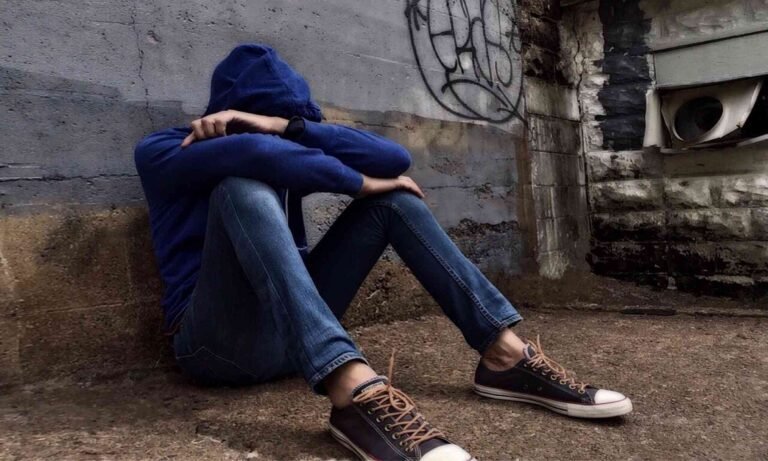The school year start may be a delight (or dismay) to millions of kids around the globe. However, it’s important not to forget that, in some parts of the world, even an elementary school education can be a hard-won luxury. Some of the children have to take the most dangerous roads in the world to receive the education that some of us may take for granted. If school way might seem boring to kids in wealthier countries, these little ones are surely glad to have a chance at a better future.
The Most Dangerous Ways
The Most Dangerous Ways to School is a documentary comprising 15 episodes. Each episode contains the story of a particular area where going to school sounds like an expedition. When a child leaves home for school there is no assurance whether he or she will return home. But this adversity couldn’t stop them from pursuing the dream.
- Dujiangyan, China
- Sri Lanka
- Delhi, India
- Myanmar
- Cilangkap Village, Indonesia
- Rizal Province, The Philippines
They climb up mountainous paths, swim across rivers or fight their way through icy wastelands with -50 degrees Celsius. Their path takes them through amazing natural landscapes, producing spectacular scenery for a very ordinary task. The participants, at times without shoes and for days at end, are mere students on their way to school. Everyday routine meets the spectacular.
Each of us remembers their way to school. But how exciting would it have been, if you had ran through the African steppe, with crocodiles making occasionally appearances? Or when the school way had been a narrow path alongside a steep gorge dropping into a deep emptiness?
“On the Way to School reminds us that education is a treasure, a path for a better future.”
– Forest Whitaker
According to UNESCO, progress in connecting children to schools in third world countries has slowed down over the past couple of years. Areas that lack suitable school routes can often flood, making it even harder for kids to commute. Dangerous paths and the obstacles on the way to school are one of the main reasons why many children decide to quit education.
Oymyakon: The cold controls everything. The town is located in eastern part of Sakha Republic (Yakutia) which belongs to Russia and is known as the world’s Pole of Cold. Nevertheless, every morning the children march to school, the youngest just 6 years old, making their way by temperatures of -50 degrees Celsius.
Peru: It is early in the morning as Ronald gets himself ready. He eats his Uro bread and drinks a Mate tea. Both things, like almost everything else here are made form the totora reeds. The Uros are a people that are very rooting in their tradition. They have even managed to preserve the Pukina, their mother language dating back to the colonial time.
Himalaya: Gulu – a small Chinese village with only a few dozen farms- spread out over one of the most impressive plateaus of the Hengduan Mountains in the Province of Sichuan. Here live the Yi, a people closely related to the Tibetans. To reach the village, which is located 1400 meters above sea level, an additional hike through the mountains is necessary.
Kenya: For centuries now, the Dorn Savanna has been the lifeline for the Massai people. Until today, they refuse to get involved in the constant upheavals in Tanzania and instead continue to cultivate their traditions. And that in a country that where barely more 50 of the population is over 15 years old and over one hundred different languages are spoken.
Nepal: Twice a year the forbidding journey to the boarding school is necessary. Father Stanzin, looks to the sky and attempts to predict how the weather will develop. Only when he is sure that no storm is brewing, he starts to prepare the children for the trip over the river. It is a route that is so notorious, that it even has a name: Chadar- the path over the cloak of ice.
Mexico: Every Monday, little Lorenzo struggles alone as he makes his way over slippery scree and past steep canyons. And all this just so he can go to school and receive something to eat there. The 6 year old lives in the extensive Sierra Madre Occidental.This is the home of his people, the Rarámuri. These indigenous peoples live hidden in the mountains and have hardly any contact with the outside world.
Papa New Guinea: They live in Papua New Guinea, an island in the Pacific Ocean, in the middle of one of the world’s largest rainforests. And some of them take a route to school which will blow your mind. That’s certainly the case for 8 year old Junior and his cousin Ruth. Their journey in the so-called ‘Land of 1000 Rivers’ is a five-day one which leads the students through jungles.
Mongolia: The ice covering the river is treacherous and ever-changing in appearance. Despite this, Tuguldur has to find a suitable point at which to cross the river. The 10 year old nomadic boy rides his horse alone to school and each time must cross the frozen Tunkhel river in the north of Mongolia. Because the sun has softened the ice on parts of the river’s surface, he can’t trust the ice everywhere.
Nicaragua: Every morning, the three sisters climb into their logboat in order to row to school. They live on the east coast of Nicaragua, one of the world’s poorest countries, and the youngest of them has just turned five; the oldest is nine. They row across the Rio Escondido. Not only is it one of the largest rivers in the country, but it is also simultaneously one of the most dangerous routes to school.
Ethiopia: When the schoolchildren wake up to the first rays of sunshine, the temperature is already over 30 degrees. They live in the Danakil desert in northeast Ethiopia, near an active volcano, in a region which is the world’s hottest on average. Amongst these children are 6-year-old Looita and his sister Khadiga.
Colombia: In northern Colombia, more than 180 miles north of Medellín, the landscape is marked by water and seemingly endless expanses. Every day, the children who live there face this rough, unpredictable wilderness – with just one goal in mind: making it to school. Because this is their chance to break out of poverty and create a better life. Like the ten-year-old Kendys and the other schoolchildren.
Bolivia: The Yungas Valley in Bolivia: a unique landscape, where the Andes Mountains meet the Amazon Rain Forest. In this remote section of one of the poorest countries in South America, children have a very long and incredible dangerous walk to school ahead of them. All for one goal: education – for a better life.
The Philippines: The children from Madibago in the southern Philippines have one of the most spectacular and dangerous ways to school in the world. Some walk alone through the jungle for hours, others risk their lives, in order to make it past a steep face of rock and boulders, overgrown with moss and tree roots.
Improve School Accessibility
The solution might seem straightforward – build more schools, improve infrastructure, and provide reliable transportation. However, limited funds and recurring natural disasters make it challenging to implement these measures. Despite these obstacles, investing in safer roads, affordable transit, and alternative solutions remains crucial to ensuring students in remote or underserved areas attend school regularly, helping minimize disparities in educational access.
So, improving school accessibility plays a crucial role in reducing the Education Divide.
Lack of transportation is one of the most significant barriers to schooling, particularly for children in rural or impoverished communities, where long distances or unsafe routes often prevent consistent attendance.
Addressing these challenges through infrastructure development and transportation subsidies can significantly improve school enrollment and retention rates.
Additionally, bicycles and mobile schools provide practical solutions for children where traditional schooling is difficult to reach, helping bridge gaps in learning opportunities. Mobile schools, such as traveling classrooms or digital hubs, bring education directly to students, ensuring distance or geographic isolation does not hinder learning. Expanding access to online education and remote learning enhances inclusivity, allowing students to continue studies even when attending school physically is not possible. These initiatives, combined with community-driven efforts, create more inclusive environments and help narrow the Education Divide. By implementing accessibility solutions, policymakers and educators can ensure all students, regardless of location or socioeconomic status, have equal opportunities to succeed.
What’s More
The posts in My Blog feature reflective, story-driven pieces rooted in personal and societal insights.
The topics in My Interests explore abstract, philosophical ideas and their cultural and societal impact.
👁️ 6,361 Views








